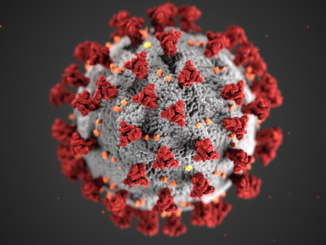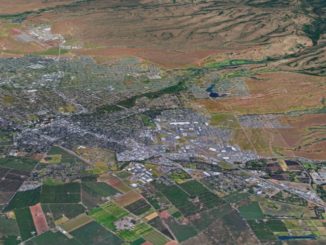Recent heat and blustery winds in Butte County have sparked memories of the Camp Fire, serving as a reminder of our parched region’s ongoing wildfire vulnerability.
Indeed, the North State is now in fire season in earnest and already has dodged a few bullets in the form of several small grass fires. Consider them test runs for what’s to come over the next six months.
We’ve heard a common refrain in recent years: Much of Butte County is so badly scarred from previous blazes that there’s “nothing left to burn.” But that’s simply not the case. Many portions of the foothills have remained unscathed, and this year, due to severe drought, their landscapes are especially tinder dry. Think Forest Ranch and Cohasset.
Even Paradise, nexus of the state’s aforementioned deadliest and most destructive wildfire, has plenty of vegetation to fuel yet another disastrous blaze. Its topography—on a ridge between two canyons, particularly the Feather River Canyon (and the winds of the Jarbo Gap)—puts it at great risk. Moreover, Pacific Gas & Electric remains years away from completing its pledge to bury the town’s electrical utilities underground.
The overarching takeaway for residents: Know your vulnerability and be prepared.
First Street Foundation, a New York-based nonprofit research organization, recently released a free tool that allows residents to gauge their personal risk. Analyzing data from past fires, current risks and projections from peer-reviewed research, Risk Factor (riskfactor.com)—which is searchable by city, zip code or address—calculates a rating based on a five-tier scale, from minimal to extreme. Unsurprisingly, in Butte County, what the CN&R has dubbed the wildfire epicenter of the West, thousands of residents face extreme wildfire risk.
In terms of preparations, a helpful resource is the Butte County Fire Safe Council (buttefiresafe.net). Its website is home to information on fire-prevention and recovery programs, as well as links to evacuation maps and tips. Also check out Cal Fire’s evacuation checklist (at readyforwildfire.org).
Finally, as local wildfires are a certainty, we urge residents to always err on the side of caution. Evacuations during both the Camp Fire and North Complex Fire were impeded by technological difficulties and delayed by sometimes inaccurate information from public safety agencies.
Our advice: If you feel even slightly threatened, get out. If it ends up being a false alarm, it’ll be easy to return home. Tragically, as we’ve learned, staying put can have deadly consequences.




Be the first to comment